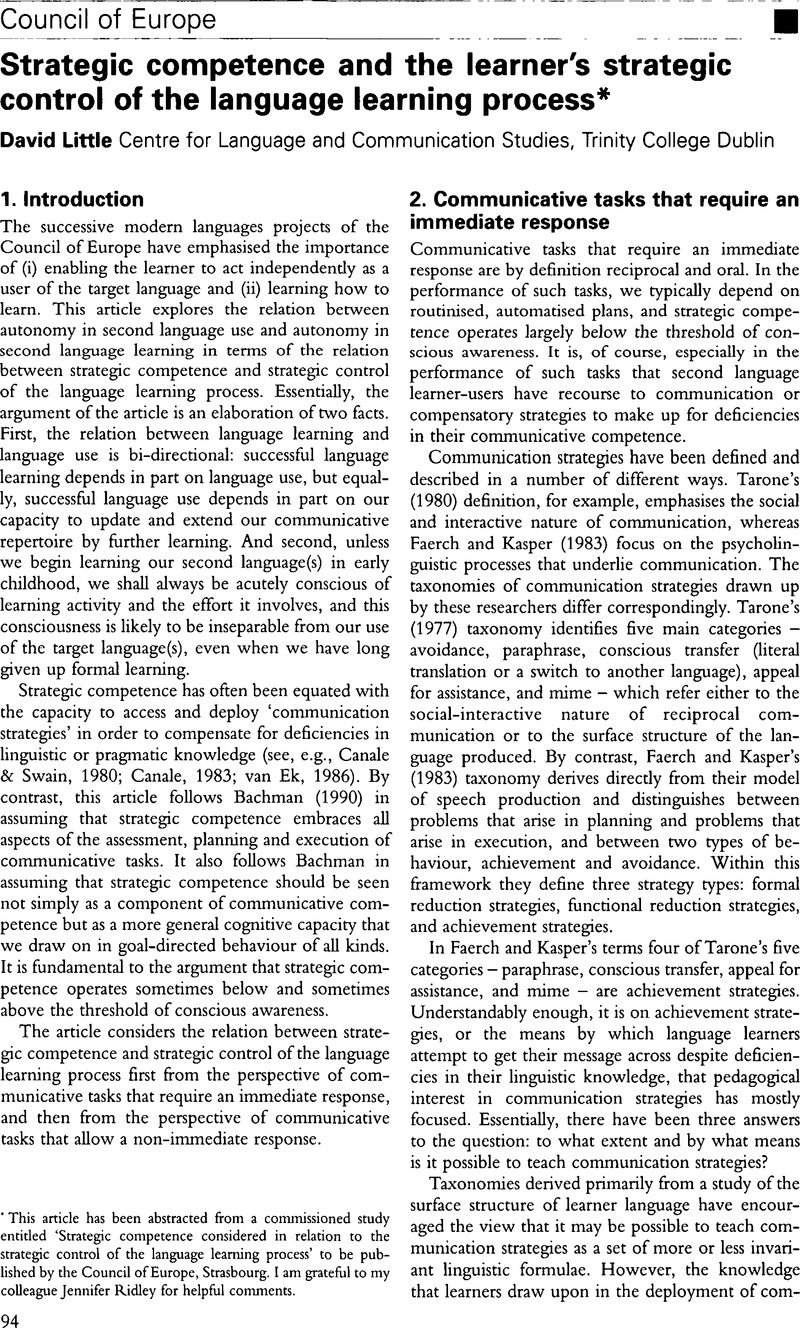Crossref Citations
This article has been cited by the following publications. This list is generated based on data provided by Crossref.
Farahian, Majid
Rezaee, Mehrdad
and
Gholami, Afshin
2012.
Does Direct Instruction Develop Pragmatic Competence? Teaching Refusals to EFL Learners of English.
Journal of Language Teaching and Research,
Vol. 3,
Issue. 4,
Markey, Michael
2022.
Linguistic plurality in context.
European Journal of Language Policy,
Vol. 14,
Issue. 1,
p.
3.



